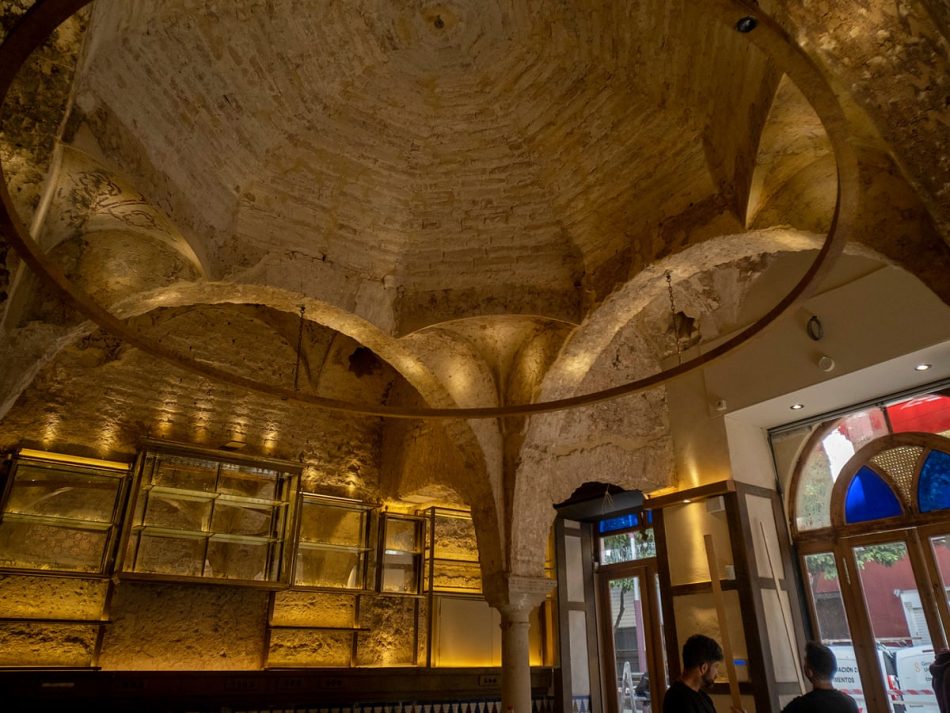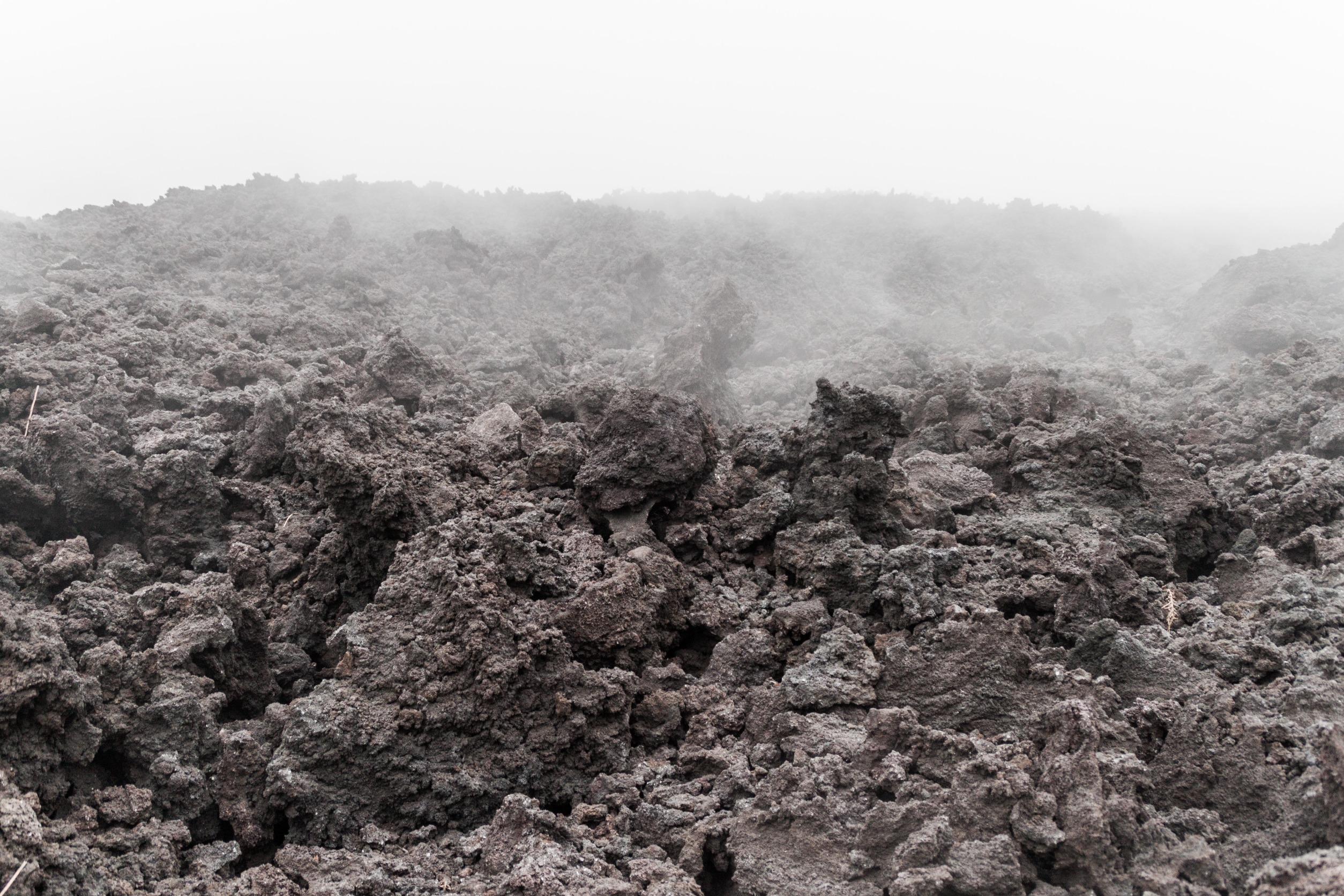With the coronavirus pandemic bringing the hospitality industry to a grinding halt in Sevilla, the owners of a tapas bar called Cervercería Giralda decided to take advantage of the pause in order to renovate their building.
There had been local legends suggesting the building, which is located in Sevilla’s old town near the main cathedral, may have once been home to an ancient hammam—a place of public bathing associated with the Islamic world—but that rumor had never been confirmed. Many thought the bar’s retro look could be contributed to a style of architecture from the 1920s known as neomudéjar, or of Islamic revival style.
Together with an archaeologist, the bar’s owners started chipping their way through the plaster that covered the ceiling. As they did, they uncovered a skylight in the form of an eight-pointed star.
“As soon as we saw one of the skylights, we knew what it was; it just couldn’t have been anything but baths,” said Álvaro Jiménez, the archaeologist. “We just had to follow the pattern of the skylights.”
Incredibly, hiding just above a tapas bar was an ancient hammam dating back to the 12th century that is now being revered as the most well-preserved bath of the entire Iberian peninsula.
“Absolutely everything here is decorated, and, luckily, it’s survived. The background is white lime mortar engraved with geometric lines, circles, and squares. On top of that, you have red ochre paintings of eight-pointed stars and eight-petalled multifoil rosettes. Those two designs alternate and entwine and adapt to the different geometric shapes of the skylight holes.”
It’s not every day that you read a story quite like this. Want to read the full story about how a 12-century bathhouse was uncovered above a tapas bar in Sevilla? Look no further.
Image source: Paco Puentes/El Pais












